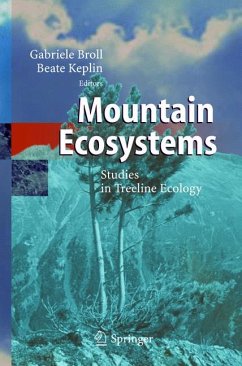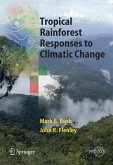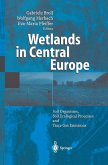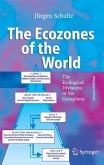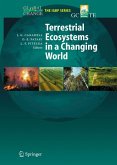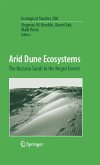Dieser Download kann aus rechtlichen Gründen nur mit Rechnungsadresse in A, B, BG, CY, CZ, D, DK, EW, E, FIN, F, GR, HR, H, IRL, I, LT, L, LR, M, NL, PL, P, R, S, SLO, SK ausgeliefert werden.
Hinweis: Dieser Artikel kann nur an eine deutsche Lieferadresse ausgeliefert werden.
"This book gives an excellent overview of the current state of the art regarding interactions between climate, vegetation, soil and fauna within high mountain ecosystems. ... it is the compilation of information and insights that make this textbook a significant contribution to literature on high mountain ecosystems." (Gerhard Wieser, Mountain Research and Development, Vol. 26 (4), 2006)

